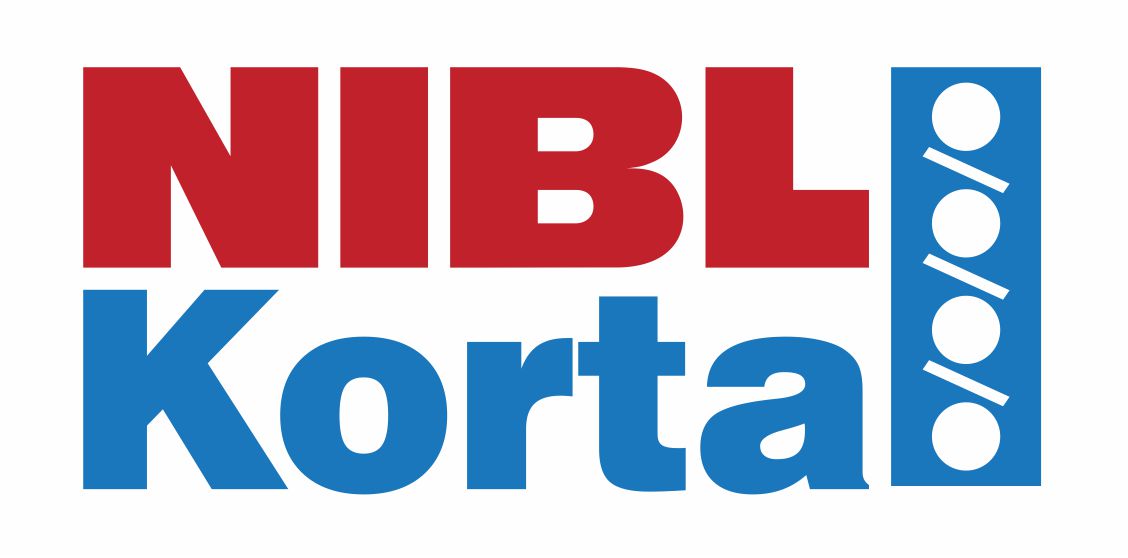Bearing Maintenance Tips
Handling and maintaining your bearings properly extends their service life and optimizes performance. Use this basic checklist to reduce maintenance time, labor and costs.
Bearing handling: Handle the bearings carefully to avoid scratching the surfaces. Always handle them with clean, dry hands, or use clean canvas gloves. Do not handle bearings with greasy or moist hands, as this can quickly lead to contamination.
Bearing storage: Keep bearings wrapped in oil-proof paper, in a cool and clean environment with low humidity, free of dust, vibrations and shocks. After you handle a bearing, place it on a clean and dry surface, to avoid contamination. Do not remove the bearing from its original package until you need to mount it, and store it flat, not standing.
Cleaning a bearing: Always use uncontaminated solvents or flushing oils, and avoid using cotton waste or dirty rags to wipe a bearing. Use separate containers for cleaning and for final rinsing a used bearing.
Bearing mounting: Use the correct technique and tools to mount a bearing. Around 16% of bearing failures are attributed to poor fitting, so make sure you avoid an excessively loose or excessively tight fit. Before mounting, check that all parts are clean and undamaged, and that the lubricant is correctly chosen. Do not wash the bearing before mounting it if it comes directly from a package.
Do not hammer or apply direct force on the bearing or its outer ring, as this can cause damage and misalignment of the elements. For small- and medium-sized bearings, cold mounting or mechanical mounting is generally recommended. Heat mounting is usually more appropriate for relatively large bearings, while for very large bearings, hydraulic mounting may be recommended.
Use proper tools: Specialized tools are available for mounting and dismounting bearings – bearing pullers, fitting tool kits, oil injector tools, induction heaters and hydraulic nuts. All these are customized to ensure proper fitting and a smooth mounting, to minimize the risk of bearing damage.
Inspect the bearings: To prevent bearing failure, it is necessary to inspect them both during and after operation. For inspections in operation, check the temperature, noise and vibration and examine the lubricant to determine whether it needs to be replaced or replenished. After operation, examine the bearing and each of its components to determine whether there are changes. The common causes of bearing failures and their solutions are discussed in the final chapter of this guide.
Click to download whitepaper : White Paper – Bearing Maintenance Tips



